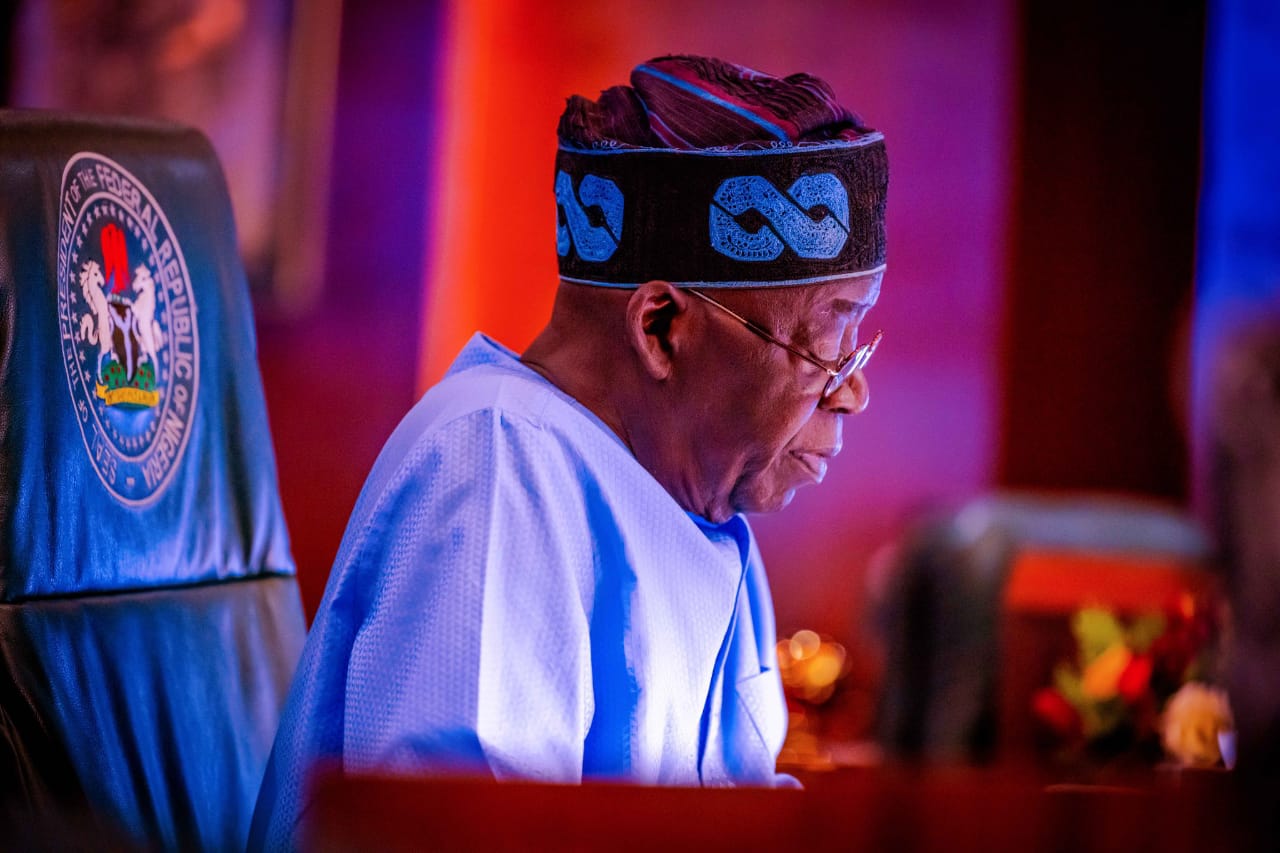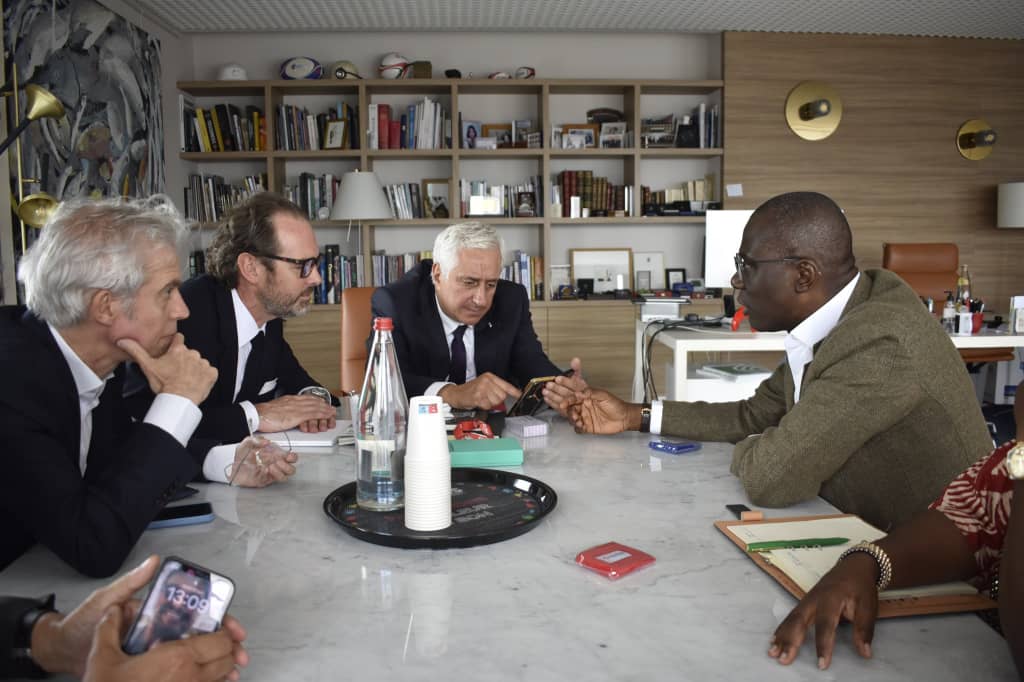The statement “A picture is worth a thousand words“ is not just a cliché but an empirical fact which could make or mar communication efforts+96 especially in today’s media-saturated environment. The strategic use of images has become crucial in effective visual communication. From advertising to social media, images play a vital role in capturing attention, conveying messages, and influencing audience perceptions.
The Power of Images in Communication
Visual communication leverages the brain’s ability to process images 60,000 times faster than text, making it a powerful tool for conveying complex messages quickly and efficiently. In his book “Brain Rules,” Dr. John Medina, a developmental molecular biologist asserts that visuals are so potent that “if you hear a piece of information, three days later you’ll remember 10% of it. Add a picture and you’ll remember 65%”.
Efficacy of Image Utilization in Communication
One of the most successful examples of strategic image utilization is Coca-Cola’s ‘Share a Coke’ campaign. By replacing its iconic logo with popular names on its bottles, Coca-Cola created a personalized experience that resonated with consumers. The campaign led to a 2% increase in U.S. sales and a significant boost in social media engagement. The visual appeal of seeing one’s name on a bottle created a personal connection, driving both online and offline conversations.
While the Coca-Cola case study demonstrates how image utilization can help deliver our message impactfully to our target audience, research actually shows us why it works. The potency of Image utilization in effective communication can be traced to theoretical frameworks such as Dual Coding Theory and Visual Hierarchy.
Dual Coding Theory:
This groundbreaking work in the field of cognitive psychology was developed by Allan Urho Paivio, a professor of psychology at the University of Western Ontario and former bodybuilder in 1970s. Allan Paivio’s Dual Coding theory posits that the human mind has two systems of processing information. One is for verbal and one is for picture. By simultaneously engaging both systems with verbal and relevant images, communicators can enhance understanding and retention of information. To put it succinctly “Dually coding information will make the information more memorable” according to Professor Emeritus Michaeel Kamil and his Colleagues in their book “Handbook of Reading Research, Volume III”.
Visual Hierarchy:
Visual Hierarchy is the principle of arranging or organizing elements to show their order of importance. Communication scholar Don Norman, further explains that visual hierarchy guides viewers’ attention to the most important elements of a design first. Consequently, this theory emphasizes that the effective use of color, size, and positioning helps prioritize information and improves comprehension.
Principles of Strategic Image Utilization
For instance, Dove’s 2017 ad faced criticism for racial insensitivity, highlighting the need for cultural awareness in image selection. Similarly, in 2022, Zenith Bank’s Eid al-Fitr message depicted a man performing Tashahhud with his left index finger, which was seen as religiously inappropriate since Muslims use their right index fingers. In 2023, FrieslandCampina WAMCO Nigeria Plc’s Easter ad featured a dented tin of Peak Milk with a nail dripping milk, symbolizing crucifixion, which also drew criticism for insensitivity. These examples emphasize the importance of cultural and religious sensitivity in advertising.
Future of Visual Communication
As technology evolves, so does the landscape of visual communication. Augmented Reality (AR) and Virtual Reality (VR) are poised to revolutionize how we interact with images, offering immersive experiences that can further engage audiences. Brands like IKEA are already utilizing AR to allow customers to visualize furniture in their homes before making a purchase, blending digital images with real-world environments. As these technologies become more accessible, the potential for strategic image utilization to captivate and influence audiences will only grow, heralding a new era of visual communication.
Conclusion
In a nut shell, strategic image utilization is essential for effective visual communication. By focusing on relevance, emotional impact, and cultural sensitivity, communicators can create images that deeply resonate with their audience.
In addendum, Theories like Dual Coding Theory and Visual Hierarchy clearly demonstrate why visual presentation is effective in enhancing comprehension and retention of information. They show how images (pictures, diagrams, chats, graphic representations etc) well-utilized can help messages cut through the noise, grab attention, and connect with the target audience, yielding desired results, especially in this era of information overload.
Besides, future advancements in technologies such as Augmented Reality (AR) and Virtual Reality (VR) will further transform visual communication. These immersive experiences offer new ways to engage audiences, making images even more captivating and influential. As these technologies become more widespread, the impact of strategic image utilization will continue to grow, marking a new era in visual communication.
Finaly, we must never forget that, “In the age of information overload, the strategic use of images is not just an art, it is a science that can cut through the noise, evoke powerful emotions, and shape perceptions in ways words alone cannot.”
Ishola, N. Ayodele is a distinguished and multiple award-winning strategic communication expert who specializes in ‘Message Engineering’. He helps Organizations, Brands and Leaders Communicate in a way that yields the desired outcome. He is the author of the seminal work, ‘PR Case Studies; Mastering the Trade,’ and Dean, the School of Impactful Communication (TSIC). He can be reached via ishopr2015@gmail.com or 08077932282
Gatekeepers News is not liable for opinions expressed in this article, they’re strictly the writer’s







